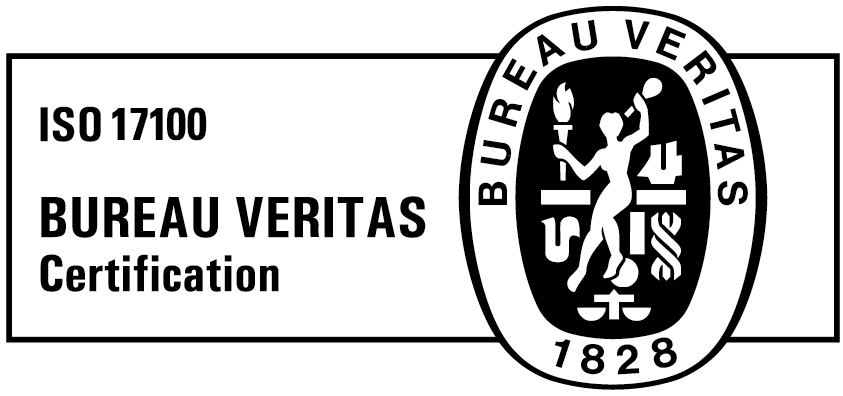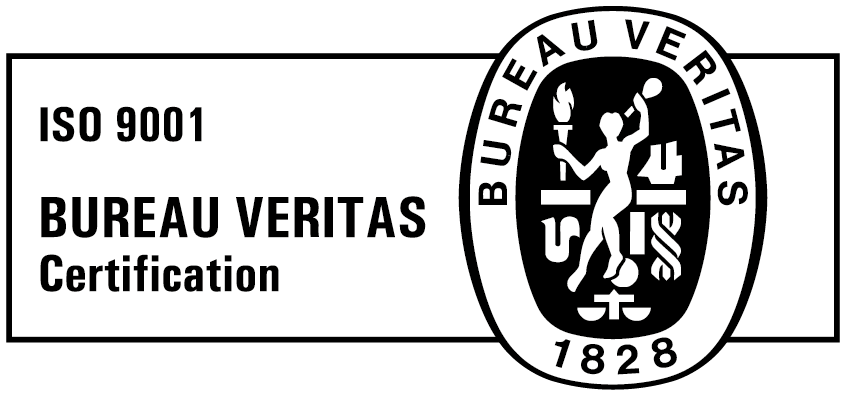Many businesses need to decide whether they should or shouldn’t translate their content when entering new markets. According to studies and our extensive experience, it is a must. If your business does decide to take this crucial step of translating content, here are three rules that should guide you when translating marketing materials.
Should You Be Translating Marketing Materials?
Before jumping into the three rules, if you are wondering whether it is necessary to translate your marketing materials, here are some facts. English is the universal business language, right? But studies show that 50% of non-native speaking English countries “rarely to never” do shopping if a website is only in English. In B2B companies, 80% of respondents say they are more likely to purchase if the website is in their language.

So, if translating website copy is so important, then surely it is important for all marketing materials?
With those facts in mind, here are three important rules to remember when translating marketing materials.
Rule 1: Translating Marketing Materials – Quality Matters

You cannot expect good translations if the source content is not of excellent quality. Always ensure your marketing materials are of the highest quality and that the most updated version is provided to the translator.
Remember, marketing materials can be particularly difficult to translate because you aren’t just looking for accurate translations but translations that resonate with the target audience. Keep documents and sentences as simple as possible and ensure the source text is clear and error-free. This will give you the best chance of success.
Also, be mindful that one word in a language could be multiple words or a phrase in another. For example, “email” is translated as “electronic mail” in Arabic (البريد الإلكتروني). This may have space implications for your marketing materials.
Rule 2: Translating Marketing Materials – Localization
Marketing materials should not just be translated but localized as well. Localization differs from translation as it goes beyond word-for-word translation and includes a target audience’s culture and context. So, the intent behind the marketing material is the focal point rather than just being a verbatim translation.
One step beyond localization is transcreation, where the marketing materials are completely reimagined. The source text is used by a copywriter as inspiration but then entirely rewritten and adapted for the target language.
Transcreation uses multiple experts and resources, which makes it costly. In most cases, localization is sufficient and should be used as a rule when translating marketing materials.
Localization will ensure that your marketing materials are relevant, and clear and give your business the maximum chance of success in a new market.

Tempted not to localize when translating marketing materials?
There are plenty of examples of businesses that didn’t localize when entering a new market and it cost them.
One example of a localization failure is when the telecommunications company, Orange, created a campaign in 1994. Their campaign slogan was: “The future’s bright…the future’s Orange”. This campaign was run without the help of localization experts and unfortunately, it tanked in Northern Ireland.
In this region, the Protestant Fraternal Organization was called the Orange Order and the color orange was strongly associated with them. Therefore, the campaign inadvertently implied that the Protestant loyalists are the future of Northern Ireland and that it is a good thing; an implication that was not well-received by the Irish Catholic population.
It was obviously not Orange’s intention to divide a territory with their campaign. But it does demonstrate the importance of localization of marketing campaigns and materials (even when the target and source languages are the same).
Rule 3: Translating Marketing Materials – Native Speakers

A third rule you should consider when translating marketing materials is to have a native speaker on board. Just because someone can accurately translate into French from English doesn’t for example mean that the local audience will understand the material.
Just consider that French is spoken in France, Canada, and large parts of Africa. Yet, the cultures, currencies, and dialects would be vastly different in these regions.
It is essential to have a native of the target culture translating, reviewing, or at the very least, guiding the process. Also, the native speaking translator can check that there is nothing offensive, confusing, or incorrect with marketing materials once the translation is complete.
To demonstrate the importance of having a native speaker part of the translation process – the Honda Jazz. Originally the name was going to be the Honda Fitta. Fortunately, a native speaker was part of the localization process and flagged that “fitta” is a slang term for vagina in Sweden. Fortunately, this mistake was caught. What makes it even more fortunate that a native speaker was involved is that the slogan at the time was “small on the outside, but large on the inside”.
Taia Translations and Translating Marketing Materials

Businesses’ first reactions are often to feel overwhelmed when they find out that there are so many facets to translation and localization of marketing materials. Although the translation process may be complex, it doesn’t have to be for your business.
Taia’s platform gives you access to translators that are native to the regions you are targeting and are experts in your specific industry. You can decide whether you want basic translation, or localization with detailed proofreading and revision. You can also have your source document proofread to ensure it is completely correct before embarking on the translation process. With all this support on one platform, your business never needs to fear translating marketing materials ever again.
Taia is based in Europe but has native specialists based across the world. We specialize in translation and localization across all industries, continents, and in over 97 language pairs.
Sign up to our platform for free and start translating immediately, or book a demo with our team in your time zone.
Liked this content?
Get notified when we publish something similar.
* We don’t spam your email or share it with anyone!






